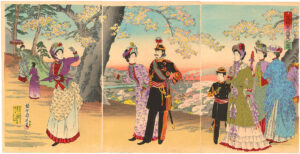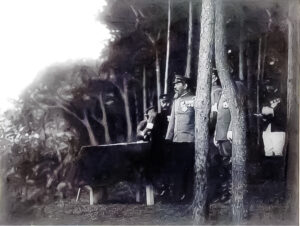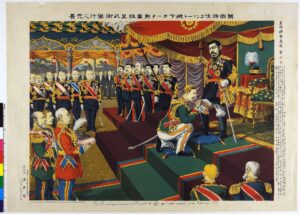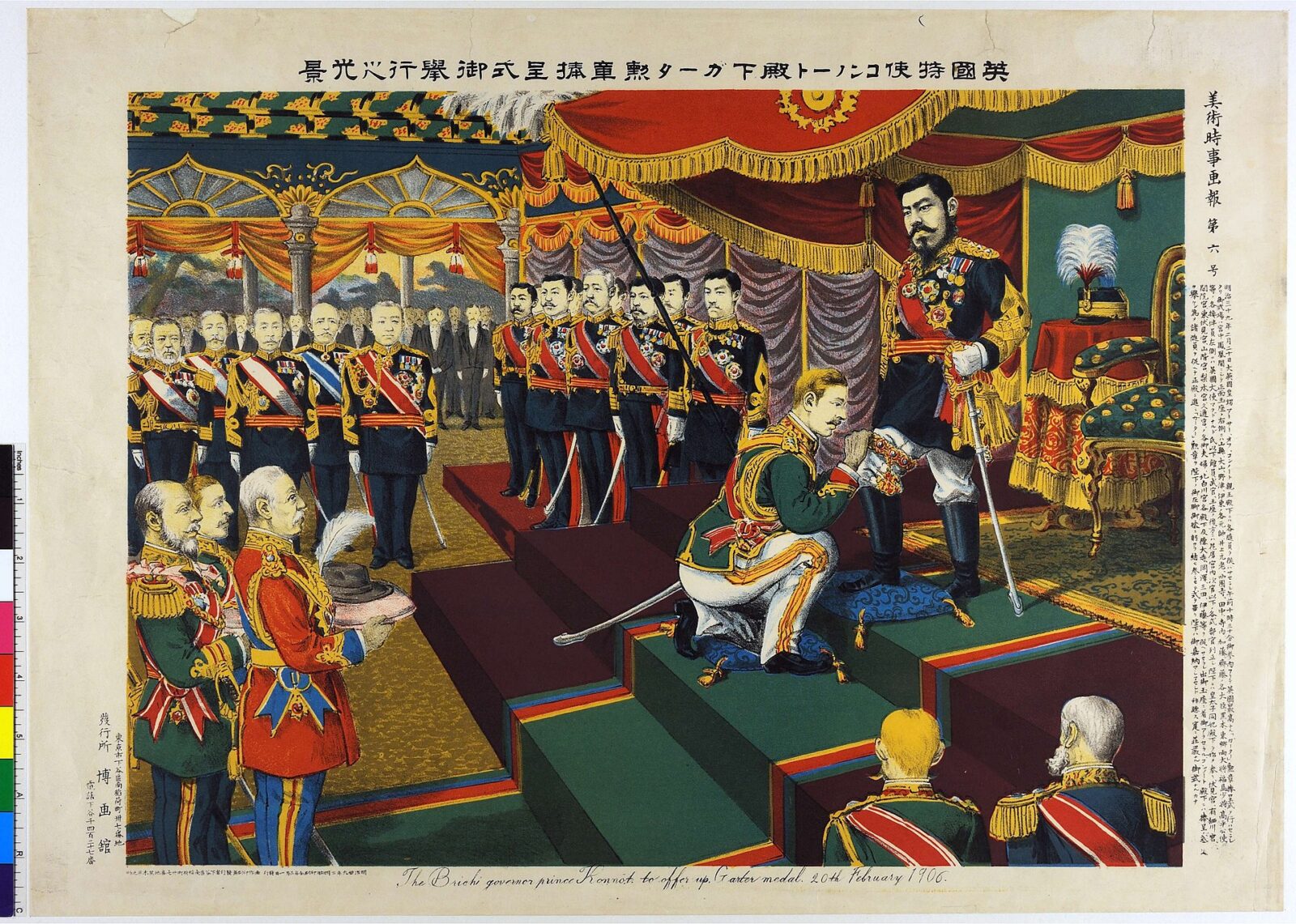This week: the life of the Meiji Emperor in the turbulent 1870s and 1880s. We’ll cover everything from the birth of his first surviving child to his drinking habits to his role in various political crises to the complicated process of shaping what a “modern” emperor’s role even was.
Sources
Keene, Donald. Emperor of Japan: Meiji and His World, 1852-1912.
Gluck, Carol. Japan’s Modern Myths: Ideology in the Late Meiji Period
Images



